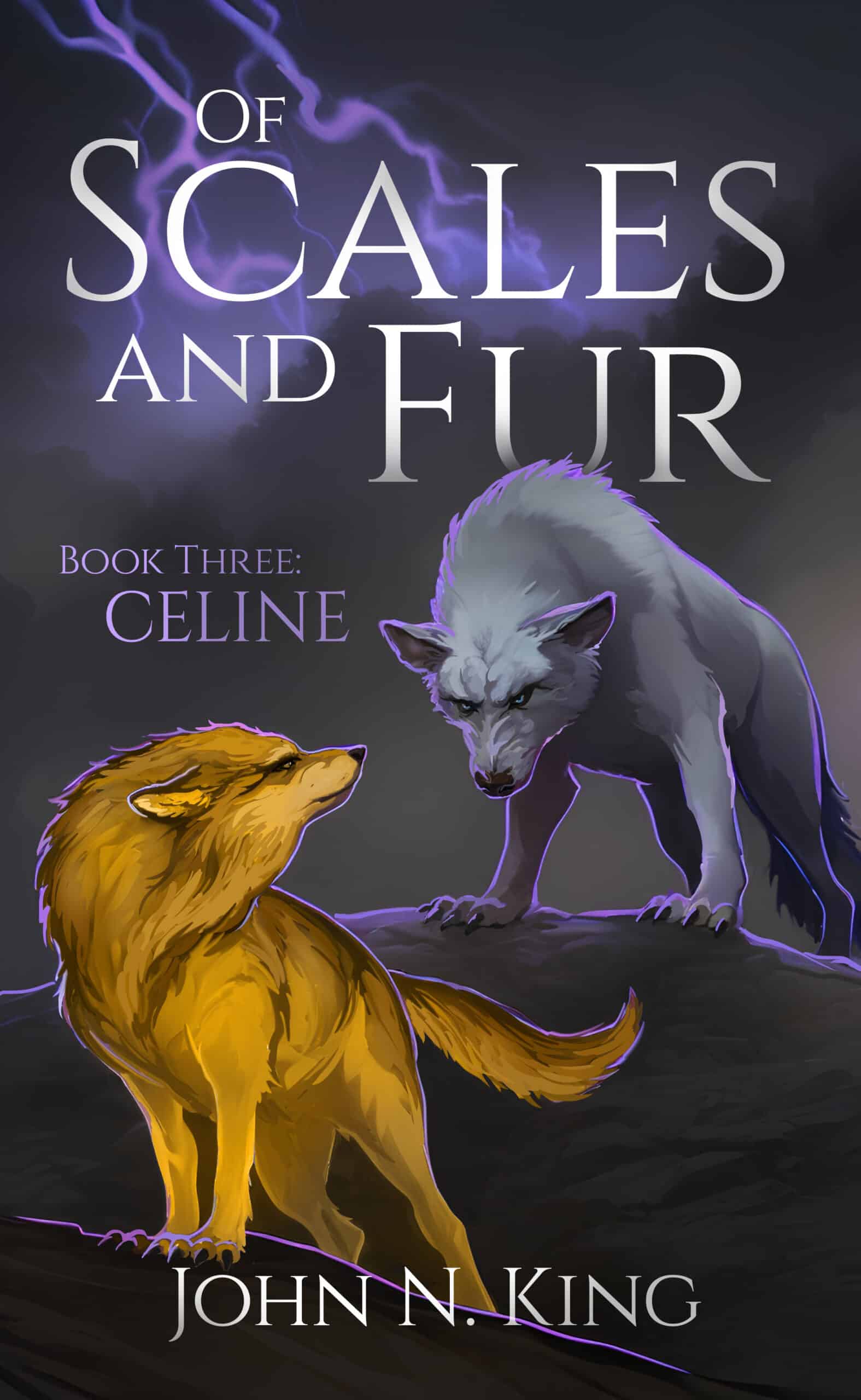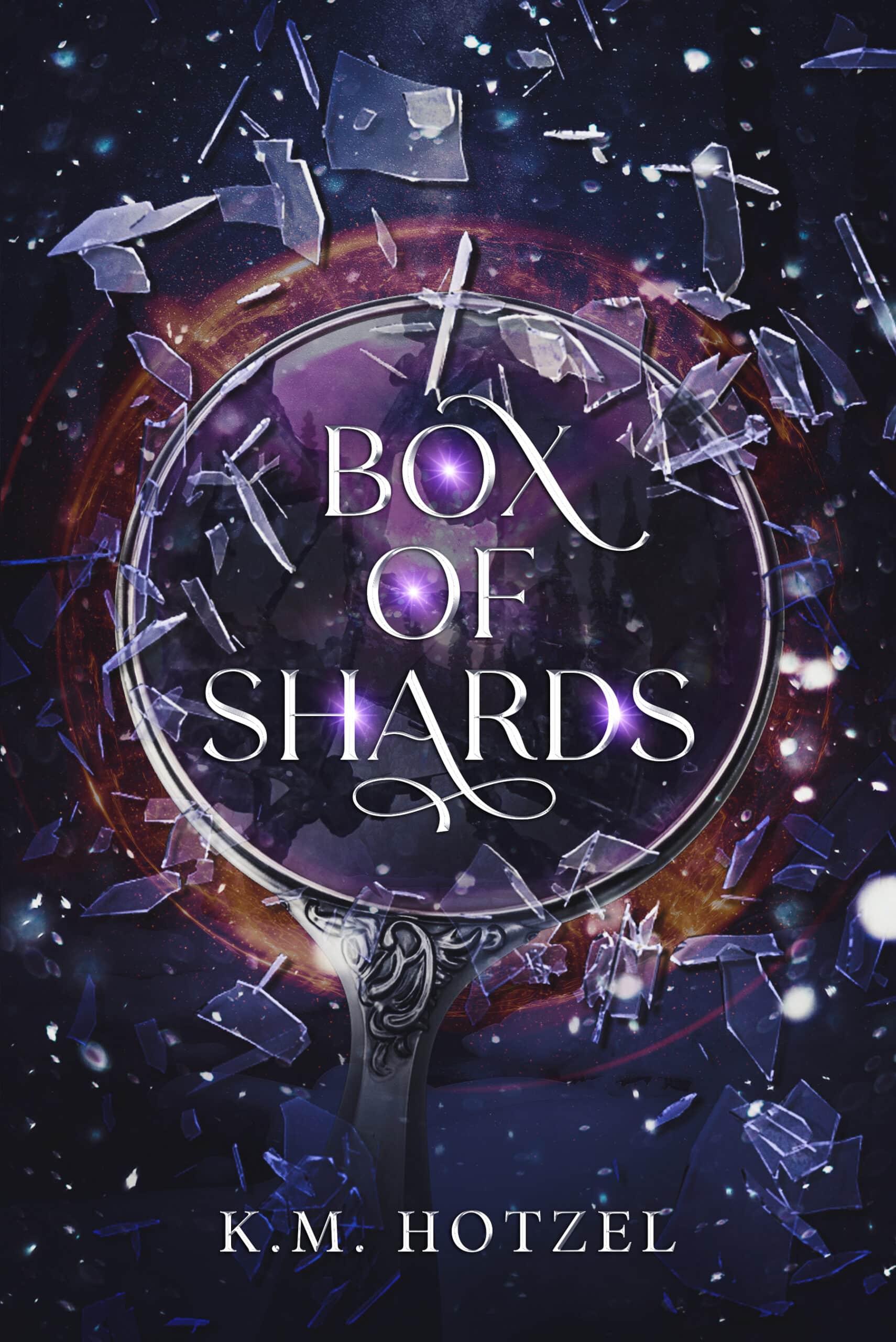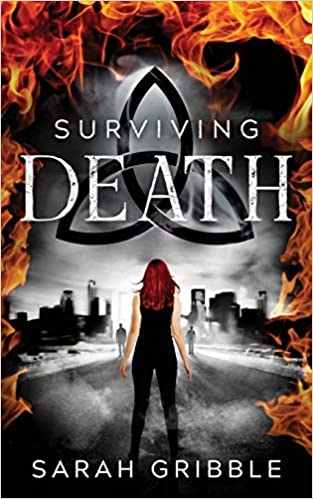I always hated the whole idea that something as inherently artistic and, well, instinctive as writing fiction could (or, worse, should) be forced to adhere to structure. The notion is so non-intuitive as to be dumb.
Structure = formula = cliché = what’s-the-point?
No way I was going to try to stuff my creativity into the strait jacket of a preset structure created by some tweed-jacketed nincompoop out there in literary land.
Needless to say, I resisted the whole notion of structure for years.
Structure is everywhere
And then, one day, I actually learned what structure was. The three-act structure, divided into ten distinct parts, suddenly made a whole lot more sense than this nameless framework of rigidity I’d been fearing. But I still wasn’t convinced.
I grabbed my own published novels off the shelf and started flipping through them. And, lo and behold, I found something amazing: structure. Without my even knowing what structure was or why it worked, I had been instinctively structuring my own stories all along. I was flabbergasted.
And then I started to get excited. I began examining my favorite novels and paying attention during movies. Structure was everywhere. Every single book and movie I’d ever enjoyed followed standard story structure to a T.
All that variety! All that brilliance! And structure was what was holding it up. Not inhibiting it or contorting it to fit stereotypes, but actually allowing the authors’ creativity to not only flourish but succeed.
Why your book needs to be structured
And so that brings me back to the title question. Does a book need structure to be published?
Okay, I’ll admit it: this is a bit of a trick question. The obvious answer, after my little spiel, would seem to be yes. And it is.
Stories that aren’t structured don’t work. The rise and fall of action are disproportionate. The story’s setup in the first act goes missing. The growth of character in the second act remains unconvincing. The personal paradigm shift in the third act falls flat. And the important plot points at the quarter mark, midpoint, and three-quarters mark are less than stellar (or just MIA altogether).
If your story isn’t resting on the foundation of a proper structure, its chances of succeeding out there in book world are going to fall somewhere in between slim and nil. But here’s where the trick comes into play. A book won’t succeed without proper structure, but it might end up properly structured without the author even realizing it.
Story structure as instinct
Like me, many authors are unconsciously using structure even before they realize how structure works. This is because, as humans (and particularly humans who have spent our lifetimes absorbing story structure through heavy reading and movie-watching), we have an inherent understanding of how stories are supposed to work. Bully for us, I say!
This unconscious approach to structure is only the beginning. If we can build upon it with a conscious knowledge of what structure is and how it works, we can create successful stories on purpose rather than just by accident.
As I discovered back when, story structure isn’t the enemy in our pursuit of innovative creativity. Rather, story structure is our strongest ally.
Want to learn more about how to structure your novel? Pick up a copy of Structuring Your Novel: Essential Keys For Writing an Outstanding Story.
PRACTICE
Does your finished novel or work-in-progress have structure, whether you structured it consciously or not? Think about your latest story, then describe the structure.
Write for fifteen minutes, when you're time is up, post your practice in the comments section.
Have fun!
This guest post is by K.M. Weiland. Weiland lives in make-believe worlds, talks to imaginary friends, and survives primarily on chocolate truffles and espresso. She is the IPPY and NIEA Award-winning and internationally published author of the Amazon bestsellers Outlining Your Novel and Structuring Your Novel. She writes historical and speculative fiction from her home in western Nebraska and mentors authors on her award-winning website Helping Writers Become Authors.




I’ve quoted Hemingway before and here I go again: “Prose is architecture, not interior decorating.” I’m so big on structure that my current project is based on a principle that goes like this: “Every story is a journey to the heart of darkness.” That’s how I see structure. I reckon that when Joseph Conrad wrote his famous novella of that name — “Heart of Darkness” — he was laying out a map that all good stories instinctively follow. Yer absolutely right, KMW, we all do it instinctively. I guess the study of structure allows us to more quickly knock our story into shape in the rewrite. So, I’m following Conrad up the Congo, it’s a journey up the river metaphor, to that dark place where every protagonist must come undone. I’ve got the structure… now if I could only settle on the details. The details! “The horror! The horror!”
Hah! Yes, once we have structure firmly in place, the details are really the only thing left that can still get hairy. And, boy, do they!
I’ve read your detailed descriptions of each part of structure, Mrs. Weiland. I’ve found them both highly insightful and inspirational. Though I was naturally structuring my story, your examination of each part solidified my approaches and embellished them in my mind. My novel will come out better thanks to you.
As for everyone on here, if you haven’t listened to any advice from Mrs. Weiland’s website, go there now. You will be glad you did.
I’m so glad you’ve found the study of structure helpful, James! When we can combine our conscious and subconscious knowledge, we can end up producing something pretty great.
Agreed.
Thanks so much for hosting me today, Joe and Co.!
I like the sound of that. Joe and Co. Seriously though, it’s our pleasure Katie. Thanks for joining us. 🙂
Good points K.M. The same structure for fiction also applies to memoir. Who wants to read a boring narrative of life written in a step by step chronology – which is in essence the absence of structure. Anyone can say this happened then that happened… but so what? What recurring theme threads it together into a unified whole? Someone once asked me to edit her manuscript that was utterly tedious with its details that lacked meaning or relevance of any kind. It was sheer torture!
Absolutely. Memoirs and novels bear many similarities. In essence, a memoir *is* a novel, only true.
I noticed the same thing in the novel I’m working on. It was only when close to completion, and coming across the whole concept of structure, did I notice my story has it. Only difference is, I’m not published, yet…
If you’re structuring correctly, you’re on the right road!
Hmmm… I think there may be an unsupportable logical leap in here somewhere…
Does a book need a structure to be published? Almost certainly, yes. A story that just meanders randomly from place to place is very easy to write and very hard to read, and if the first readers (agents, editors, etc) can’t figure out where you’re going then you won’t get to first base.
Does that structure have to precisely match the standard three act ten part pattern? Absolutely not. See, for example, Joe’s series of posts on Christopher Booker’s Seven Basic Plots on this site a few months ago.
I would agree, though, that if you’re unsure where to start then the standard model is as good a place as any.
Of course, if you try really hard, you can discern any given pattern anywhere you choose to look for it – Booker does this a lot in his book, straining his models well beyond credibility in some cases. But that doesn’t mean it’s really there, or that it’s helpful.
IMHO!
I agree with you. Structure, whatever your take on it, is a guideline first and foremost. My preference for the classic three-act structure definitely comes down to its flexibility. I like the dependability of a structured approach – but what I don’t like is an over-controlled approach. The great thing about the three-act structure is that it gives us a solid foundation, without trying to fill in too many of the blanks *for* us.
The story I am in the middle of has two protagonists. Their journeys start at the same point and end together, but in the middle diverge into separate journeys. They have different things to work out that lead them back together. The structure is still pretty much standard just in two parts, each part flows like a story in itself with little connecting branches tying them together as well as the trunk which is the overall story. It is like a two woven strands that come loose and then weave back together. But then I can see why this doesn’t fit either as the parts where there together are remembered throughout the story. So I start to follow the strands just as they are splitting. Anyway each strand is provided structure by a physical journey and the discoveries the characters make along the way. I simply followed them as they went.
Split timelines complicate the application of structure, but they still can (and should) adhere to the basics. You might enjoy this post on wrote on the subject: http://www.helpingwritersbecomeauthors.com/2012/08/6-ways-to-pull-off-dual-timelines-in.html
Another one of my favorite posts you have written. You’ve helped me write this story almost as much as my right hand.
Your site makes an excellent documentation of my progress. I was at about 100 pages in June. 3 months later, I’ve written a little over 300.
I’m hitting my midway point, but I find myself stalling. The part just before the midpoint is giving me grief. I have such an exciting midpoint that I think it must be distracting.
Is writing the middle of the book usually the hardest part?
Every story presents its own challenges, but the middle can often be the most difficult, if only because it seems so long in comparison to the beginning and end. You might enjoy this post I wrote for another blog last month. I go into more detail about the middle of the book and how to keep it from sagging: http://thebookshelfmuse.blogspot.com/2013/08/sagging-middles-fix-your-storys-muffin.html
Yeah. Nice advice, but doesn’t vary too much from your other structural advice. It isn’t loss of direction. I think I’m just a little tired. I’ve had a 200 page run in 3 months, and that is given that I edit as I go and 75% of my chapters have to be rewritten into medieval narrative.
I think I need just a moment to catch my breath. Remind myself it isn’t about finishing quickly, but having fun and doing a good job.
Ah, fatigue. Yes, I think that can definitely become an issue in the middle and final quarter of the book. I just finished whipping out a 130k manuscript in four months. That’s the fastest I’ve ever written a first draft, by far, which both helped with the overall fatigue – and just wore me out that much more at the same time. Sometimes we just plain need to give ourselves a little break to recharge our creative batteries.
Oh, I know exactly how that feels. I feel like structure is a nice and fancy “W”. But my “W” has a shadow. It is challenging to entwine the tales, especially since if I give too many details in either story, I will ruin the ending, where the stories truly tie together. I might even have to intentionally mislead to keep them from guessing the ending.
In my story the split is a natural part of the story, although each protagonist is working out different problems. They have to come back together to bring about both resolutions. They are interconnected and simultaneous but individual, like most of life.
This was great to read because I’ve been thinking about structure a lot lately. I feel like my content in my current manuscript is good, I’m just not sure where my structure is at. Anyway, this was a great review to remind me of it, and I might go out and analyze some other books now. Thanks for the great article!
The best way to learn structure consciously is to study its application in books and movies we love. Once we see how it works in action, it’s much easier to apply it to our own stories.
I agree totally. Thanks Joe, for putting me onto Katie’s blog!
‘Flying high’ is being written to fit Blake Snyder’s Beat Sheet (Save-the-Cat) division into four quarters: a) the story set-up; b) the inciting incident 25% of the way in that draws the protagonist into the story; c) the mid-point halfway where the stakes are raised and the countdown to the deadline begins; c) the ‘Dark Night of the Soul’ when all seems lost, which will include the downtime slowing when the protagonist’s life will flash past him; and d) the resolution and character-change.
I’m essentially a ‘pantser’ when it comes to planning and structure, mainly because of difficulties I’ve had transitioning between pre-ordained scenes, but an outline is necessary from which to hang your story. Fortunately this outline is just that: the bare bones and a very rough sketch, which is itself not etched in stone and can be changed (but only when absolutely necessary).
Outlines can and should be exactly what each writer wants them to be. I err on the side of big outlines. But many writers work better with some much more bare boned.
Thanks for the comment. I’ve just bought your ebook on structuring. I like the way it combines the three-act structure and Snyder’s Beat Sheet. Just the book I was looking for. Thanks again.
Thanks so much! I hope you find the book useful.